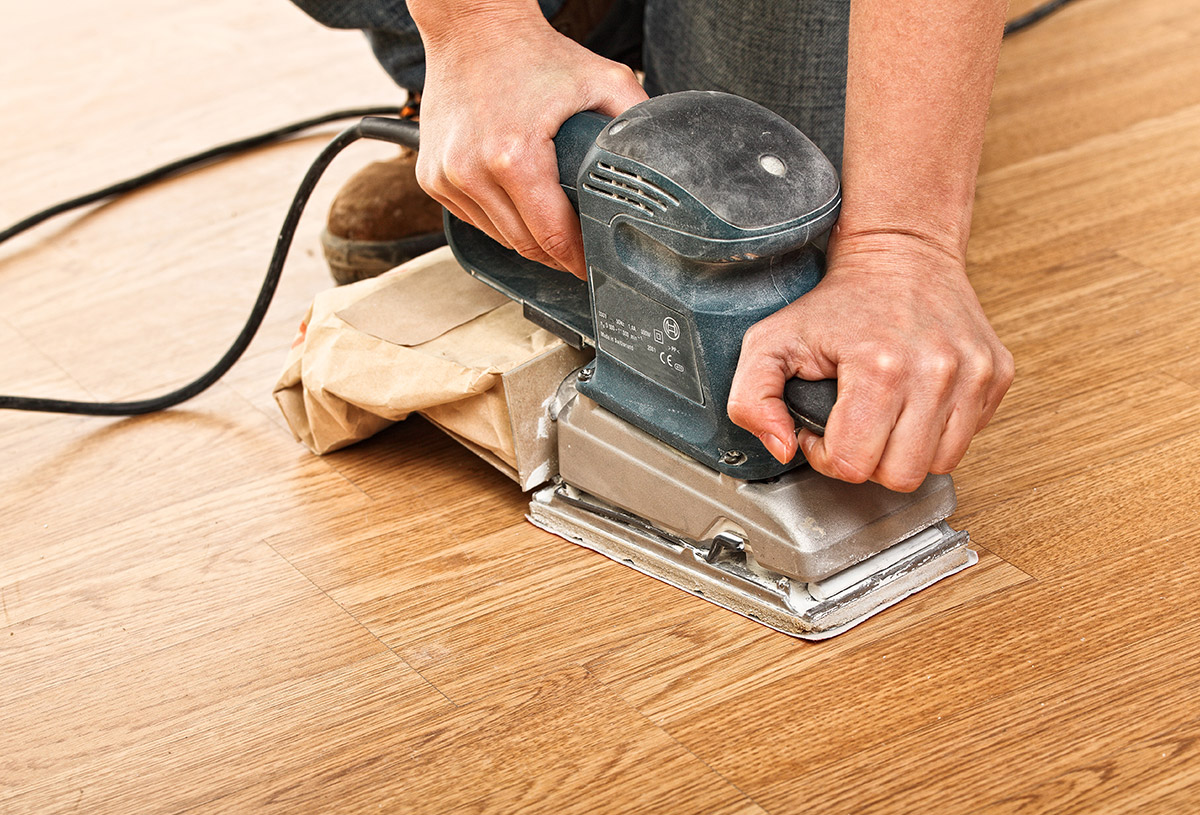Woodworking projects often require a smooth and polished finish on wooden surfaces to enhance their appearance and ensure their durability. One of the most essential tools for achieving this goal is a sander. A sander is a power tool designed to quickly and efficiently remove roughness, imperfections, and old finishes from wood, leaving behind a smooth and refined surface. In this article, we will explore the various advantages of using a sander and offer valuable tips for obtaining a flawless finish on your woodworking projects.
- Efficient Material Removal: Sanding is an indispensable step in the finishing process, as it efficiently removes excess material and evens out the wooden surface. Unlike manual sanding, which can be time-consuming and physically demanding, a power sander automates the process, saving you both time and effort.
- Consistent Results: With a sander, you can achieve consistent and uniform results across the entire wooden surface. This is crucial, especially when working on large projects or multiple pieces that need to match seamlessly. The controlled and even pressure applied by the sander ensures a smooth and flawless finish.
- Versatility of Sanding Grits: Sanders come with various sanding grits, ranging from coarse to fine. Coarser grits are ideal for heavy material removal, such as smoothing rough lumber or removing old paint or finishes. As you progress to finer grits, the sander gently refines the surface, eliminating visible scratches and creating a polished finish.
- Smoothing Hard-to-Reach Areas: Hand sanding intricate or hard-to-reach areas can be challenging and time-consuming. A sander equipped with different attachments or smaller sanding pads allows you to smooth these areas effortlessly, ensuring a uniform appearance throughout the entire project.
- Dust Collection: Many modern sanders come with built-in dust collection systems or attachments. These systems capture the dust generated during sanding, keeping your workspace cleaner and reducing the health risks associated with wood dust inhalation. A dust-free environment also helps maintain better visibility, ensuring you can inspect your work as you progress.
- Time-Saving: The speed and efficiency of a sander significantly reduce the time required to achieve a smooth finish. This time-saving aspect allows you to complete your woodworking projects more quickly and move on to other aspects of your craft or take on more projects.
- Better Adhesion for Finishes: A sander creates a slightly roughened surface on the wood, which promotes better adhesion for stains, paints, and other finishing products. A smooth surface without scratches or imperfections ensures that the finish adheres evenly, resulting in a more professional-looking end product.
Conclusion: In conclusion, using a sander for achieving a smooth finish on wooden surfaces offers numerous advantages that make it an indispensable tool for woodworkers. From efficient material removal and consistent results to better adhesion for finishes, the sander streamlines the finishing process and elevates the overall quality of your woodworking projects. Whether you’re a seasoned woodworker or a DIY enthusiast, investing in a quality sander will undoubtedly enhance your woodworking experience and produce remarkable results. Remember to follow safety precautions and choose the appropriate grits to ensure the best outcomes for your projects. Happy woodworking!


